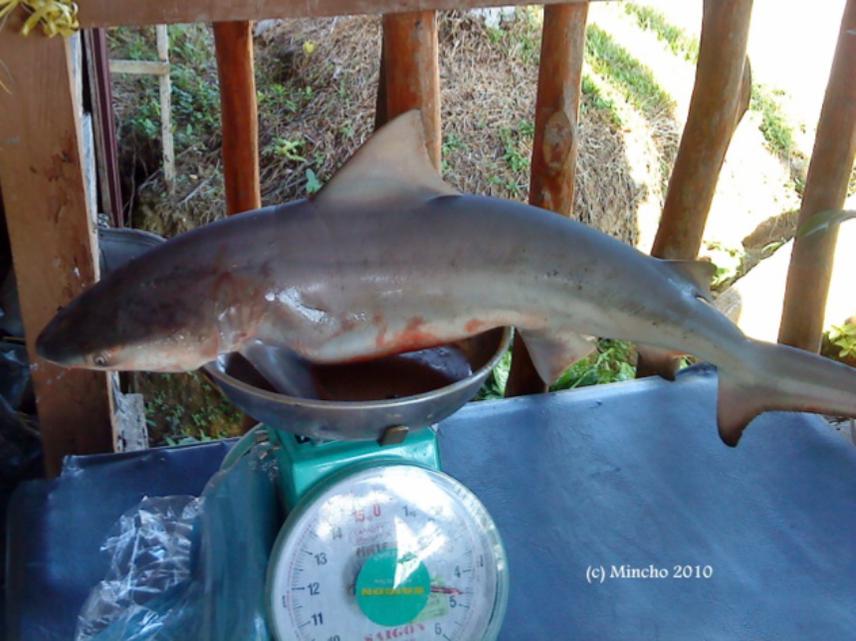Tun-Min Poh
The Kinabatangan River Spirit Initiative seeks to empower local riverine communities for local-level action in the Lower Kinabatangan Catchment, North Borneo, and improve river health, focusing on the long-term viability of fish populations.

© Mincho.
Although well known for its terrestrial biodiversity, Borneo Island is also a hotspot for aquatic diversity, with almost 40% of its freshwater fish species endemic to the island. Within the most isolated of the island's watersheds, the Kinabatangan River catchment has among the highest levels of freshwater endemism in Borneo. This rich biodiversity and endemicity is threatened by unsustainable development. Today, more than 50% of the river basin continues to be actively logged, while at least 25% is covered in agricultural lands. As water critical for rural and urban populations is polluted by agro-chemicals, freshwater fish important for local livelihoods have become scarce. While riverine communities recognize the changes in the river, the true magnitude of loss has never been properly documented.
The Kinabatangan River Spirit Initiative envisages a healthy Kinabatangan river, supporting robust freshwater biodiversity, persistence of local culture, and sustainable development. Conceived on the basis that community participation in research and management is critical for a healthy river, the project has been developed based on needs identified by the local community. Designed as a long-term project, the initiative’s goals are community empowerment and freshwater biodiversity conservation.
With field operations based in the village of Sukau, the target area of this study will be the Lower Kinabatangan River and its tributaries, a quarter of the 16,800km2 catchment. Although agricultural lands, mainly oil palm plantations, cover a quarter of the entire river basin, more than 60% of these activities take place in the Lower Kinabatangan. The first phase of the project work with 6 communities along the meandering Kinabatangan River. Communities will be engaged through interview surveys, focus groups, and community mapping exercises; and fish, water, and habitat monitoring.
The objectives of the study are to identify threats to the river; determine locally implementable community-based conservation actions; and design a practical long-term monitoring strategy for river health. Among other things, it will produce a threat-list of fish species for the Lower Kinabatangan, a baseline for fish diversity, and a list of practical local-level conservation actions. The following phase of this project will focus on capacity building, and implementation of locally identified conservation actions.